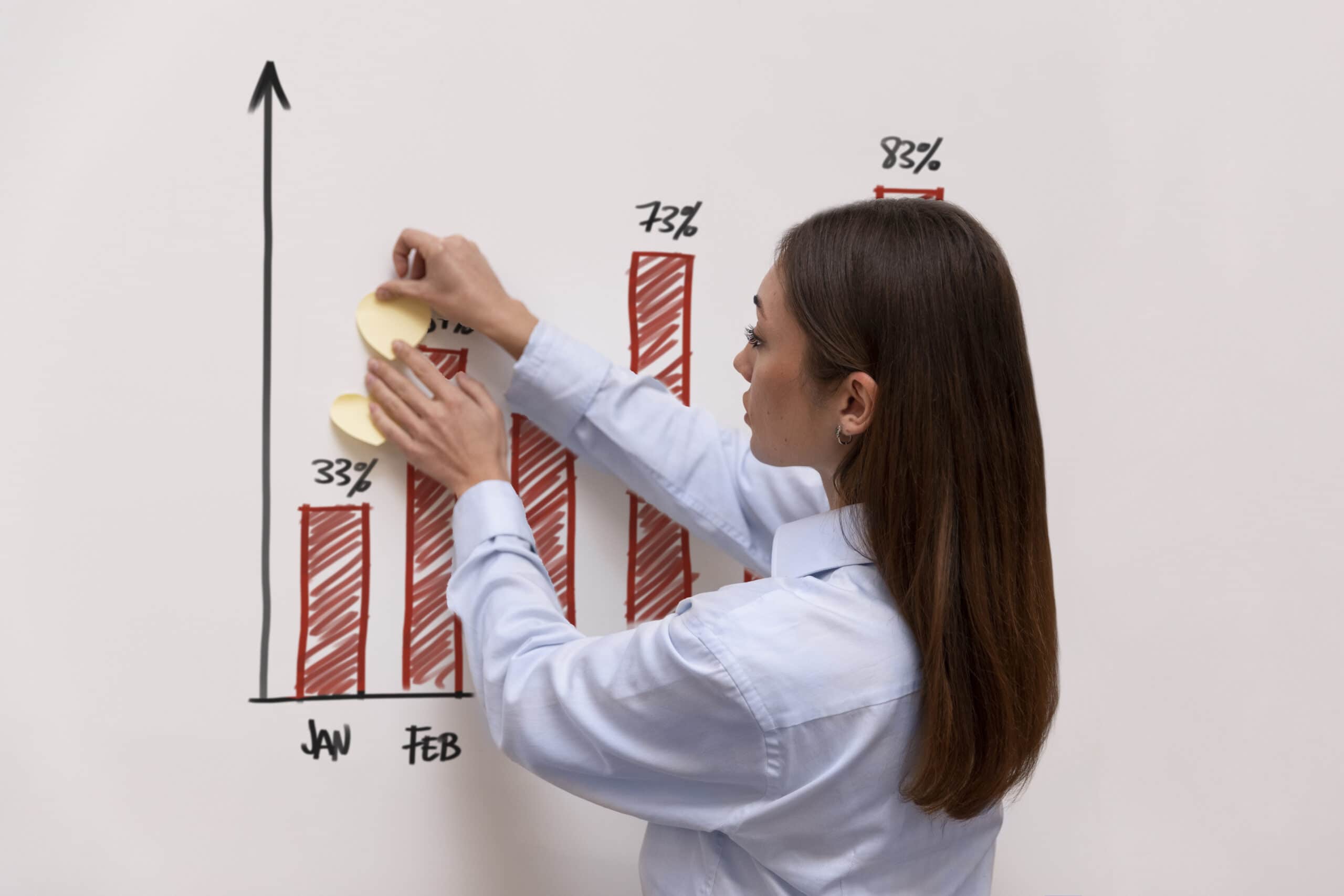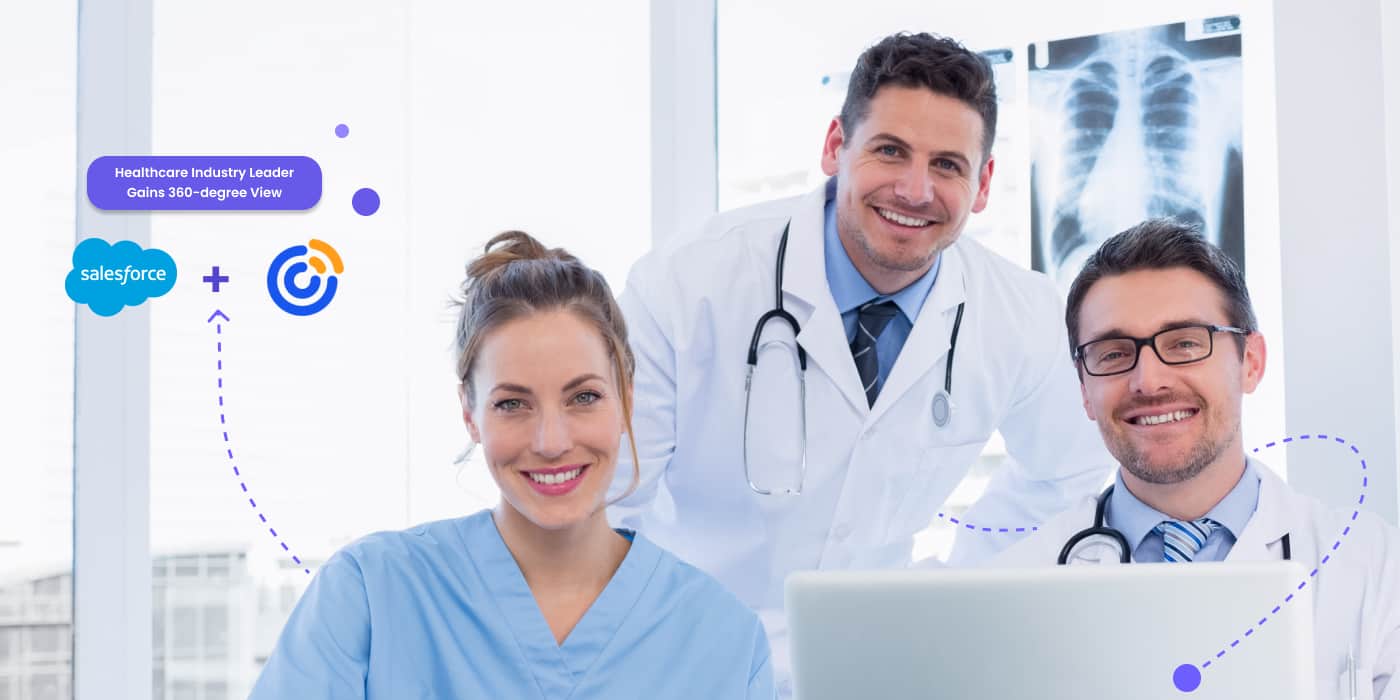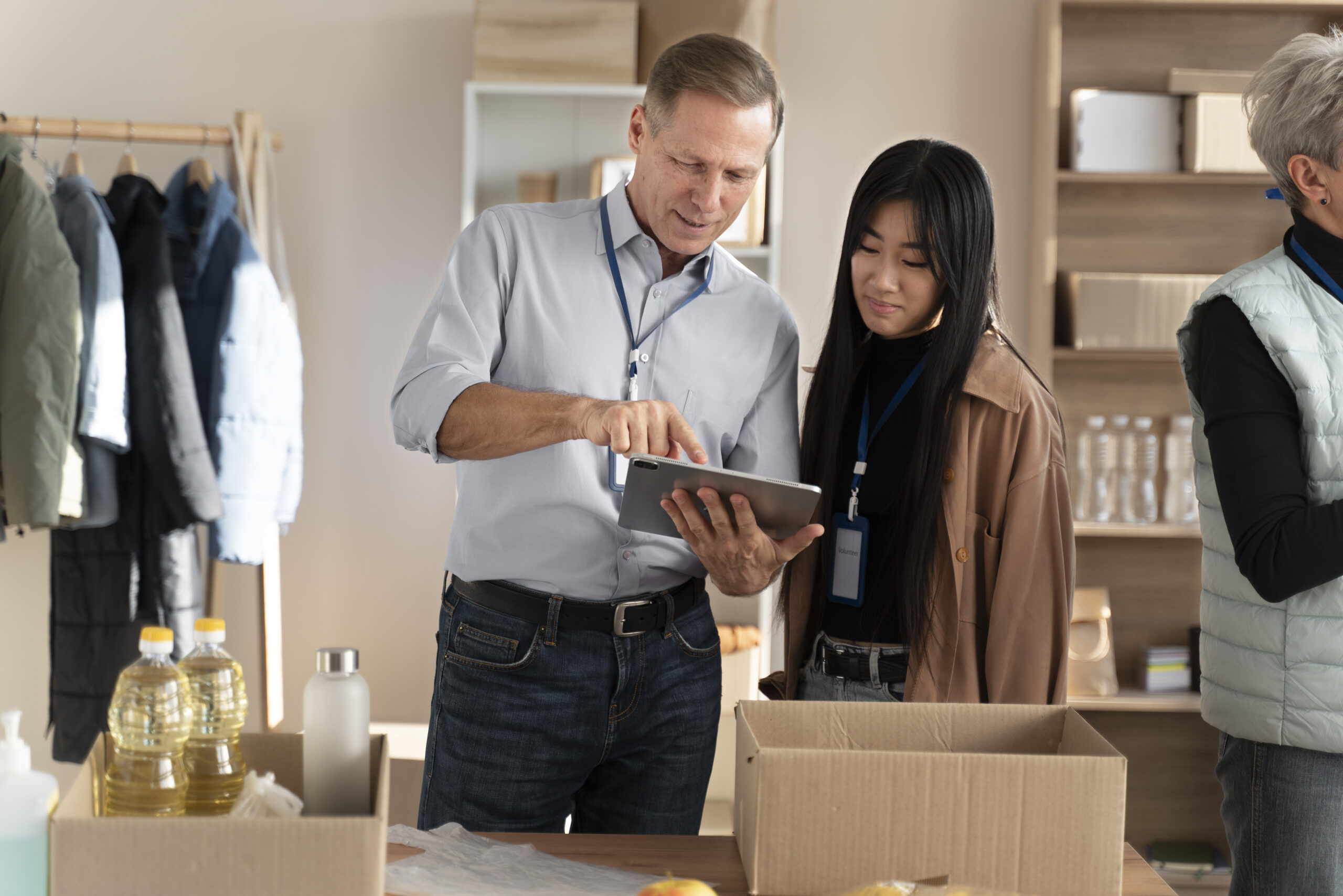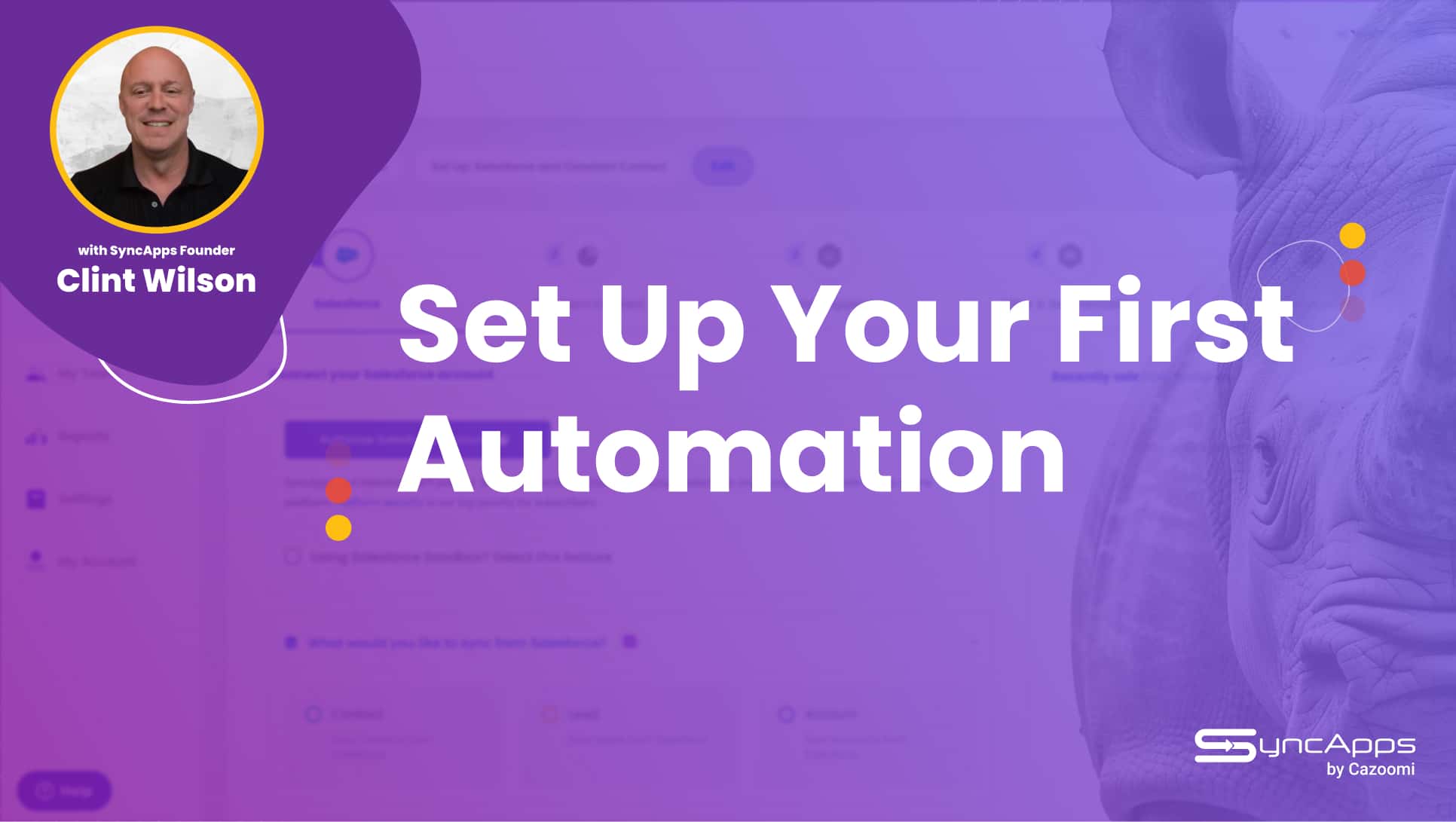What’s a Sales Funnel? A Quick Guide
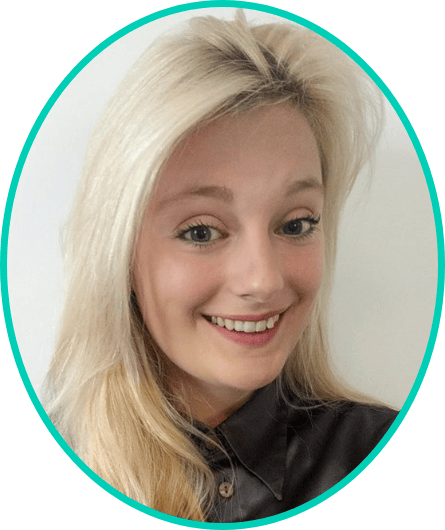
Businesses live and die by their profits. Period.
So, in an increasingly competitive landscape, what’s the easiest way to secure those all-important sales?
…make your customer’s journey as simple and enjoyable as possible.
The stats speak for themselves:
- 73% of shoppers state that a good customer experience influences brand loyalty.
- 77% of customers claim that an inefficient customer experience adversely affects their quality of life.
- 84% of brands that proactively enhance their customer experience increase their revenue.
In order to provide shoppers with a better customer experience, creating and optimizing a sales funnel is worth its weight in gold.
So, here we’ll guide you through what a sales funnel is, its different stages, how to create your own, and, finally, we’ll provide a few tips for optimizing your funnel.
There’s lots to sink our teeth into, so grab a cup of java and let’s get into it.
What is a Sales Funnel?
Typically, it isn’t a fluke when customers purchase something from your online store. In fact, they go through a series of steps before making a purchase.
A sales funnel is the term used by marketers to describe that journey.
Generally speaking, the steps comprising a sales funnel are known as the funnel’s top (the beginning), middle, and bottom (the end). To help illustrate what we’re talking about, imagine a physical funnel.
At the top, the funnel is at its biggest, so you have the largest number of potential customers. But, inevitably, not everyone will make a purchase, so you’ll lose a few people further down your sales funnel. This is normal.
However, as a marketer, it’s your job to try and get leads to stay within your funnel and gradually reach the end of it. As customers progress through the funnel, the more engaged they are, and, as such, the more likely they’ll purchase something.
Simple, right?
Typically, sales funnels consist of four main stages:
- Awareness
- Interest
- Decision
- Action
Below, we’ll look at each in turn:
- Awareness
Awareness is the first stage. It sits at the ‘top’ of the sales funnel. This is where customers become aware of your products for the first time – perhaps through social media campaigns launched on platforms like Facebook or Instagram, Google search, word of mouth, etc.
At this stage, a customer knows of you but doesn’t know much else about your products, services, brand, etc.
- Interest
The next stage, ‘Interest,’ describes what the customer does to learn more about your brand. For example, they might read your blogs, browse your website, read customer reviews, look at specific product listings, etc.
There are plenty of things you can do to stimulate their interest, for example, offering:
- A free trial of your service
- Free downloadable content
- An invitation to a webinar you’re running
- Freebies for orders that hit a specific value
…these are just a few examples, but hopefully, you get the gist!
- Decision
Equipped with all the information they need, it’s at this point where the customer looks deeper into your products, their prices, your packaging and shipping options, and so on.
During this stage, a sales rep may also engage with the customer to address any potential barriers to the sale. They may do this via email, SMS messages, social media, or phone calls. A customer may be led toward helpful content such as blogs, FAQ pages, product catalogs, comparison tables, etc., with the intent of leading them toward making a purchase.
- Action
This is the end stage of the funnel when hopefully, a sale is made.
At this point, the customer is happy enough with the product/service, its price, and the terms of the sale and wants to purchase.
However, even if the customer doesn’t purchase at this stage, you can continue to nurture your relationship with them. For example, you could launch campaigns to entice the customer back. Some examples include offering discount coupons when a customer abandons their cart or percentage discounts that have a time-limited expiry, such as over a holiday weekend, and so on.
You could also run a social media retargeting campaign where you reach out to customers who have already visited your website or Facebook page. You can send them personalized ads to show them items they might be interested in (based on their browsing history), discount coupons, time-limit price reductions, and so on).
It’s also worth noting that another part of this final stage is repurchasing. I.e., if the customer wants to repurchase the same product/service from the same seller. In that instance, further engagement and negotiations with the sales team about prices and terms may occur.
The Benefits of a Sales Funnel
The benefits of identifying your sales funnel are straightforward:
- A sales funnel helps businesses identify which stage of the customer journey the prospect is at, subsequently providing insights into how consumers interact with their brand.
- A sales funnel can help businesses anticipate possible reservations customers may have and, in response to said reservations, send timely and relevant messages throughout the customer journey to help move the prospect along the sales funnel.
- A sales funnel can help you align your sales and marketing efforts. I.e., a different marketing approach will be necessary depending on which stage of the sales funnel the customer’s at.
- A sales funnel can be an effective time saver as it enables you to identify prospects most likely to result in a sale. That way, you can focus your time and efforts on where it matters most.
How to Create a Sales Funnel

Now we’ve covered the basics of what a sales funnel is, let’s look at how to create your own:
- Scrutinize Your Existing Customers
To build a successful sales funnel, you need to know who your customers are and how they interact with your brand. With this information in hand, you’re better placed to address each of the four stages of the funnel (Awareness, Interest, Decision, and Action).
The best way to do this is to look at the data.
There are various ways to approach this.
If you have the time, you can manually review data from various platforms to get insights into your customer’s behavior, shopping habits, engagement with your brand, etc. This will likely include pulling data from your website analytics, socials (Facebook, Instagram, etc.), email campaigns, etc.
Alternatively, you can conveniently use SyncApps to manage data from various sources from one centralized dashboard. You might use this alongside a CRM like Salesforce, which enables all your departments (sales, marketing, commerce, etc.) to have a single shared view of each customer.
However you manage your data, when analyzing your customers, aim to get a sense of their pain points, needs, what content they engage with the most, which products they buy (and why), and so on. Knowing what your customers want and how/where they engage with your brand will help you communicate the right message at each stage of your sales funnel, which is crucial for ensuring maximum conversions.
The stats back this up. A McKinsey study found that 71% of consumers want brands to deliver personalized interactions, with 76% becoming frustrated when this doesn’t happen.
- Publish/Distribute High-Quality Content to Engage Your Audience
The internet is vast. There are lots of ways customers can quickly become distracted. That’s why keeping your target audience’s attention is essential. Out of the four sales funnel stages mentioned above, this falls under the ‘Awareness’ category.
You can create awareness via exciting content that provides your audience with value. This could be in the form of entertainment or education relevant to your products/niche. For instance, you could publish blog posts and white papers on your website and/or distribute email newsletters and social media posts containing links to your site.
It’s possible that, having consumed said content, a lead will progress further down your sales funnel. In fact, depending on the product/service you’re selling and the quality of your content, you may find that you manage to stir up enough interest in some of your prospects that they decide to take action and buy from you without further interaction.
- Build a Landing Page
Often, providing one piece of engaging content isn’t enough to seal the deal. Instead, you must demonstrate you’re an authority in your niche and nurture your relationship with prospective customers. This is especially true if you’re selling high-ticket products/services.
This is where building an email list is imperative, and having a landing page to capture email addresses is essential to achieving this. Typically, after generating ‘Awareness’ through a social media ad or blog post, you’ll redirect your lead to your landing page to address the ‘Interest’ stage.
For the uninitiated, a landing page is a standalone web page that a lead “lands” on after clicking a link. A landing page aims to increase the conversion rate of your marketing campaigns (which is usually building your mailing list). This link can be placed on a marketing email, a social media post, an online advert, etc.
Explaining how to create a high-converting landing page would take a blog post in and of itself. But in a nutshell, a decent landing page should very quickly tell your customers:
- Who you are
- What you do
- The benefits of working with/buying from your business
- Any special offers you’re running (if applicable)
- A call to action, e.g., fill out their email address.
- An incentive for the lead to execute said call to action. For instance, a purchase discount, a free eBook, a free webinar, etc.
Once you have their email address, you can continue engaging with customers once they’ve left your website/socials.
- Create an Email Campaign
You might be surprised to hear that email remains the most popular form of online communication, with 4.37 billion users worldwide, up by 2.7% in 2022. As such, launching effective email campaigns to nurture your leads is often a productive means of pushing prospects from the ‘Interest’ stage into the ‘Decision’ stage.
An enticing email campaign should focus on providing prospective customers with information, education, and interesting content to help them better understand your brand’s story/personality, your expertise, and the benefits of your products/services.
In short: Your aim is to offer leads and customers fresh and inspiring content versus the many emails that overwhelm and annoy customers. You could do this by sending emails that include free trials. If the free trial is enticing enough, a lead may move through the sales funnel to ‘Decision’ and ‘Action.’ The same goes for delivering special offers and discounts. Again, this might provide the motivation that prospects need to become paying customers.
- Follow-Up
Following up falls under the ‘Decision’ stage of the sales funnel. At this point, the lead isn’t quite ready to close the deal. According to one report, 80% of sales need an average of five follow-ups before a deal is finalized.
Fortunately, following up doesn’t have to be arduous. An automated email campaign will suffice in which you might encourage leads to look at glowing customer testimonials or case studies that showcase how your products are used in a real-life setting.
If you want to specifically target customers that have engaged with your ads or website but haven’t purchased anything, you can utilize retargeting Facebook campaigns. Facebook retargeting is when you show previous visitors ads that are relevant and personalized to them. For example, a potential customer might see an advertisement for a product they’d previously put in their basket but not checked out.
However you follow up, it’s essential not to take your time. If you’re too slow, your leads are less likely to engage with you. In fact, with new leads, one study shows they’re nine times more likely to convert into a sale if you follow up within five minutes – which is why automating the majority of your sales funnel is so important.
- Aim for Repeat Customers
The ‘Action’ stage doesn’t end when the lead eventually purchases. At this point, your aim should be converting the shopper into a repeat customer.
Repeat customers, on average, purchase higher-value orders than new consumers. Not only that but the more they buy from you, the more likely they are to promote you to family and friends. Hopefully, these facts alone are enough to stress the importance of repeat customers.
One way to achieve this is to incentivize customers to spend more with you. For example, you could send automated thank you emails, including a promotional discount, immediately after a shopper makes a purchase. You could also reward repeat customers through a loyalty program offering discounts, samples, early access to sales, and so on.
Another way to attract repeat customers is upselling. For example, you might run Facebook ad campaigns based on customers’ past purchases and upsell accordingly.
Optimizing Your Sales Funnel for Success
Although many processes within your sales funnel will be automated, you would be wise not to ‘set and forget’ it – because your sales funnel isn’t an inanimate being. As your business expands and you better understand who your customers are, your sales funnels should adapt accordingly.
You’ll also want to keep an eye on the success of your sales funnels. By this, we mean you’ll want to track your sales conversion rate, i.e., how many site visitors convert into leads, how many turn into prospects, and how many become paying customers.
More specifically, it would be best if you pinpointed where leads are exiting your sales funnel. Then, with that information, you’re better positioned to tweak your funnel to maximize conversions.
For example, you could A/B test the social media campaigns that run during the Awareness/Interest stages. For the uninitiated, A/B testing (also known as split testing) is where your audience is split into segments. Then, two or more versions of a variable (i.e., a Facebook ad, landing page, email, etc.) are created. Next, one version is shown to one segment, the second to the other, and so on. You can then see which version yields the best results.
With that in mind, let’s say you’re running a Facebook ad campaign to create awareness and/or interest. In this instance, you could run two or three slightly different Facebook ads. Perhaps you could test a marginally different headline? Use another image? Edit the copy a bit? Etc., and then see which ad converts the best. Once you know which ad yields the best results, you know where to focus your ad budget to ensure a better ROI.
Or perhaps you’re finding that prospects are at the decision stage and then fail to make a sale? If so, you’ll want to look closely at what shoppers engage with before they exit your sales funnel. For instance, are your product pages informative and engaging enough? Are you adequately addressing customer concerns within your FAQs to encourage them to move to the decision and action stages of the sales funnel? Are you building enough trust and interest with prospects by offering concrete social proof?
Of course, these are just a few of the many things you might want to reconsider and tweak accordingly. Then allow a few weeks for these changes to take effect and see whether you’ve boosted your conversion rate. If not, head back to the drawing board and see what else you could refine.
The bottom line: Once you’ve created your sales funnel, you’ll want to continually monitor it to optimize it to ensure the highest possible conversions.
A CRM like Salesforce can help you close those gaps, and shepherd leads toward a conversion, for example, by giving sales teams valuable data on customers’ likelihood of buying and the steps they need to take to close a deal.
Are You Ready to Create Your Own Sales Funnel?
After reading this blog post, we hope you have a better idea of what a sales funnel is and how to create your own to boost your sales rate.
To summarize:
- Familiarize yourself with each stage of the sales funnel (awareness, interest, decision, action)
- Get an in-depth understanding of your audience to better engage with them at each sales funnel step.
- Thoroughly review your sales funnel to address any gaps resulting in lost customers and sales.
- Remember, sales funnels aren’t static; you should regularly assess what attracts the most awareness, interest, decision, and action and optimize accordingly.
That’s all from us. Are you ready to create your own sales funnel? Tell us how you get on in the comments box below!
